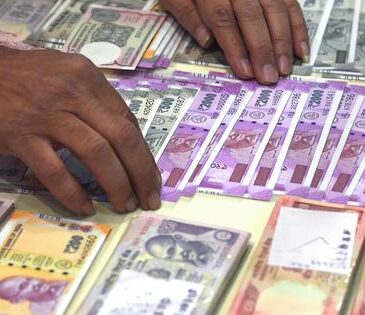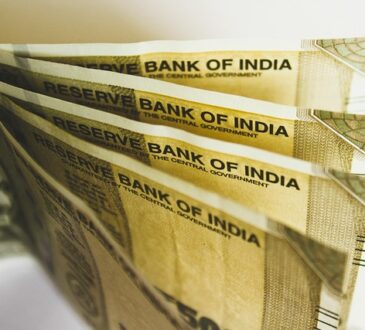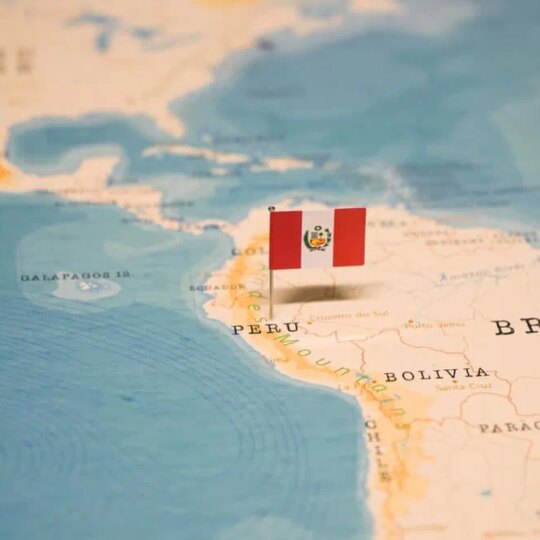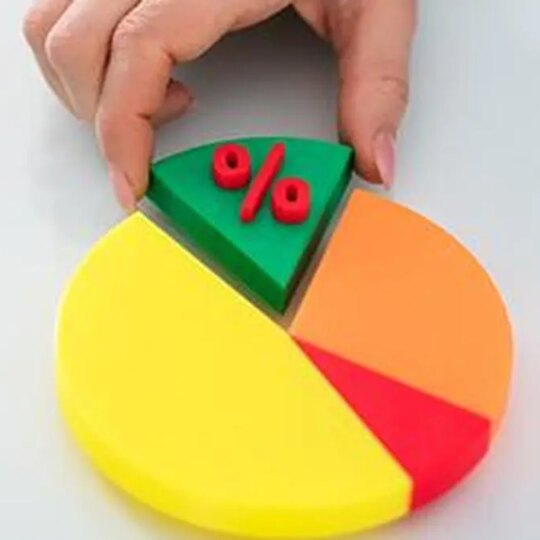

Before a recent rail trek from London to Istanbul, I realised I’d be visiting eight countries which use seven currencies between them. Only the Netherlands and Germany are on the euro, while the others (the UK, Poland, Hungary, Romania, Bulgaria and Turkey) have retained their own idiosyncratic notes and coins.
This suggests upcoming headaches caused by having to regularly change cash from one currency to another, losing a bit on the rate each time, and piling up various unusable coins along the way.
Which made me wonder – could I get away with spending no cash at all, relying instead on contactless payments using my credit card or Apple Pay via my phone and watch? I knew from experience that was possible in the UK, but what about the other countries – particularly traditionally cash-oriented Germany?
I decided to give it a go, arriving in London with no cash at all, other than a $50 Australian note I keep tucked away in the back of my wallet for emergencies. Here’s what I discovered: going cash-free in Europe is highly doable, and certainly much easier than before the pandemic. That crisis significantly advanced the adoption of contactless payment methods, and I had no problems paying via Apple Pay across all my visited countries.
Even Germany now welcomes contactless payment methods, certainly at retail sites such as convenience stores and restaurants. The one exception I notice is a currywurst stand outside the S-Bahn station near my Berlin hotel, which has a “cash only” sign; but skipping that treat is probably better for my health in any case.
Another occasional exception is the dreaded charge for using public toilets at major train stations. In some places such as Bucharest’s main Gara de Nord station, this can be paid only in cash (I sneak into the loo at the station’s McDonald’s outlet instead). At Berlin’s Hauptbahnhof, by contrast, the fee is an outrageous €1.50 but can be paid by card.
Related Article
So contactless payment is widely available in Europe, but what does it cost? Australian banks generally charge a fee between 3 and 3.5 per cent for overseas purchases, though you can shop around for specialist card accounts without these fees.
If you’re planning to use your regular card, however, factor in this charge. For me, it’s worth it for the convenience, given that obtaining foreign cash comes with inbuilt fees as well. And, as always, if a merchant offers you the choice of paying in Australian dollars or the local currency, choose the local currency – it’s usually a better rate.
In the end, my journey across Europe remains almost entirely cash-free. I pay for just one purchase in cash; after having lunch at an outdoor restaurant in Sofia, Bulgaria, when the waiter unexpectedly informs me their card terminal was down.
That’s when I take that lucky $50 note to an exchange booth across the street and convert it to Bulgarian lev. My fault really – after that, I’m more careful about asking if a place accepts card payments before I order.
The writer travelled as a guest of Eurail and Small Luxury Hotels of the World.
Sign up for the Traveller newsletter
The latest travel news, tips and inspiration delivered to your inbox. Sign up now.









